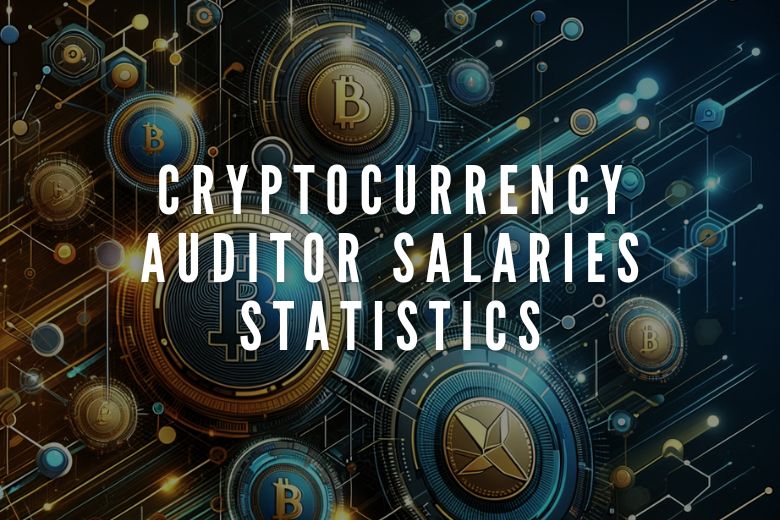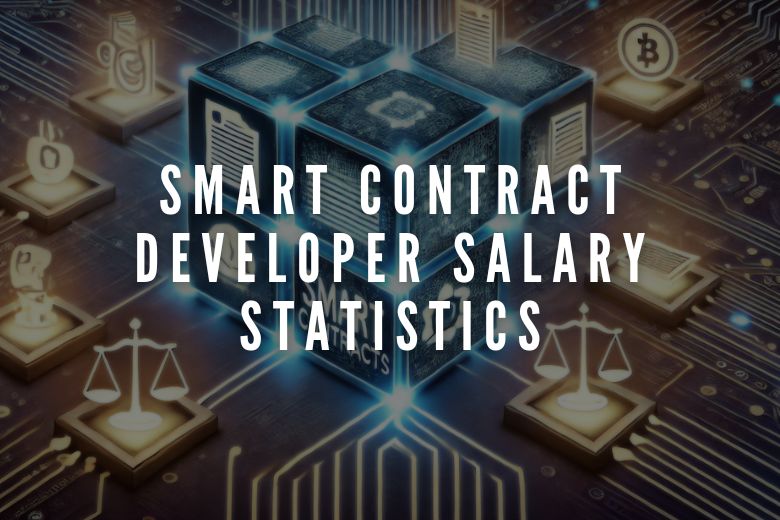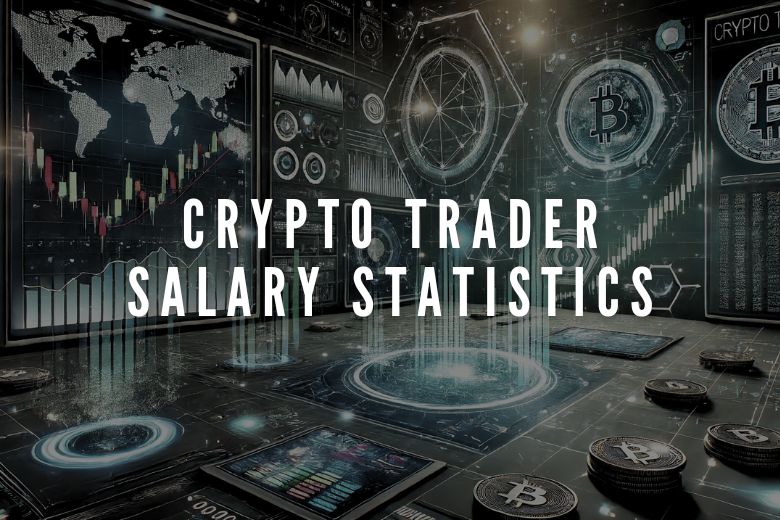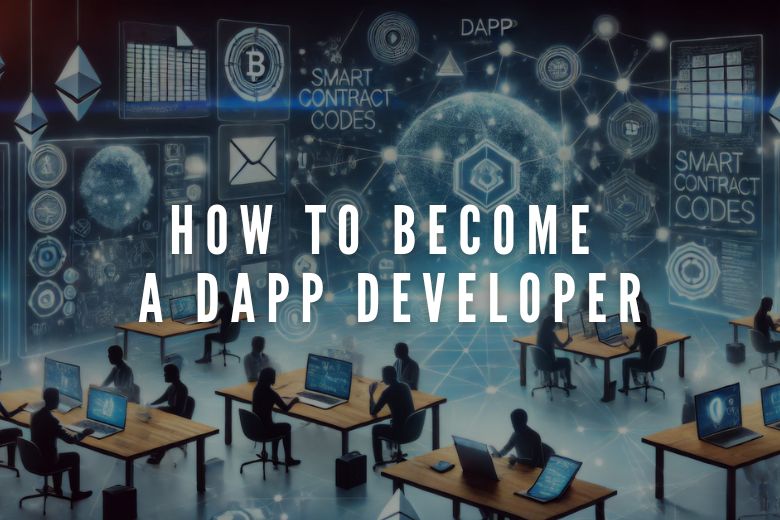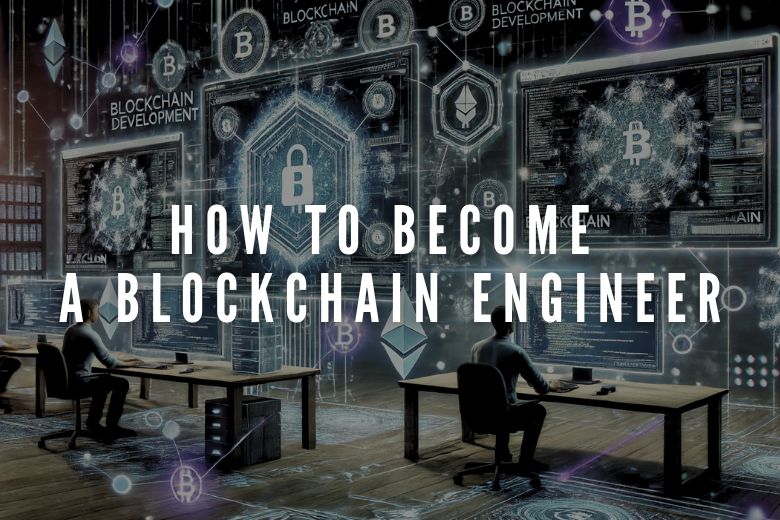Blockchain & Crypto in Education
Blockchain is a decentralized digital ledger technology that underpins cryptocurrencies like Bitcoin (BTC). It ensures security and transparency by recording transactions in a chain of blocks across a distributed network. Unlike traditional systems, blockchain operates without central control, providing a secure and immutable method for transferring and storing assets. This revolutionary technology extends beyond cryptocurrencies, with significant applications in education. In education, blockchain can securely store academic records, verify credentials, and streamline administrative processes, ensuring data integrity and accessibility.
Top Picks
Blockchain Dictionary
Salaries & Statistics
Q & A
You might also like
Cryptocurrency Auditor Salaries Statistics in 2024
The cryptocurrency industry has been on a meteoric rise, bringing with it…
Smart Contract Developer Salary Statistics 2024
As the blockchain industry continues to expand, the role of smart contract…
Crypto Trader Salary Statistics 2024
The world of cryptocurrency trading continues to expand, attracting a wide range…
Most Popular Interview Questions for Prompt Engineers: Examples and Tips
Nowadays, I am shocked about how dynamic the tech industry is growing….
How to Become a DApp Developer: Profound Guide
When I was in school, I could not imagine how technology would…
How To Become A Blockchain Engineer
Blockchain technology has entered the world so fast and almost imperceptibly that…

